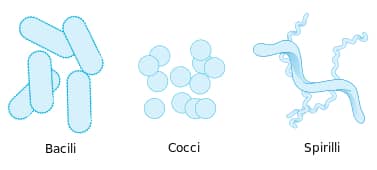These single-celled organisms are a funny bunch: Some of them are so helpful, but some are so deadly. The beneficial bacteria are known as saprophytes and include bacteria that regularly live in the digestive tract. When the saprophytes are where they’re supposed to be and in the right quantity, they help the body keep humming right along. If introduced where they aren’t supposed to be, though, watch out. They become pathogens.
Bacteria can be treated with antibiotics; however, not all bacteria respond equally to all antibiotics. If bacteria respond to treatment by a particular antibiotic, it’s said to be sensitive to the antibiotic; if it doesn’t respond to the treatment they are resistant. When treating an animal for a bacterial infection, it’s best to have your veterinarian perform a culture and sensitivity test if this is at all feasible (i.e., if you aren’t dealing with an immediately life-threatening situation). This test will tell you exactly which antibiotic is most effective against the bacteria that are causing the illness.

There are three major classes of bacterias: bacilli, cocci, and spirilla. These organisms are responsible for many diseases that affect humans, animals and plants. At the same time, many bacteria are beneficial and even necessary, like those in the rumen of ruminant livestock.
Click on the link/s below to open the resources.
Types of Wounds and General Bacterial Infections
Click here to view a video that explains Brucelloses.